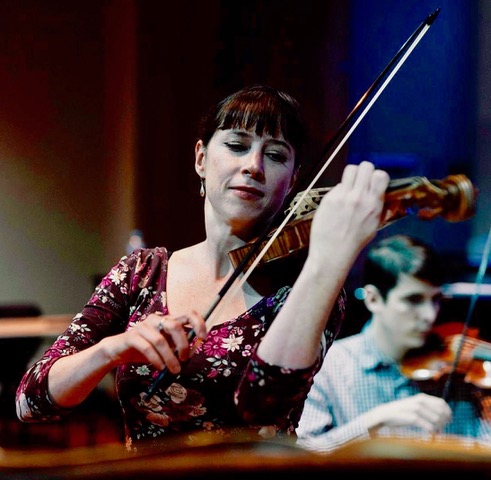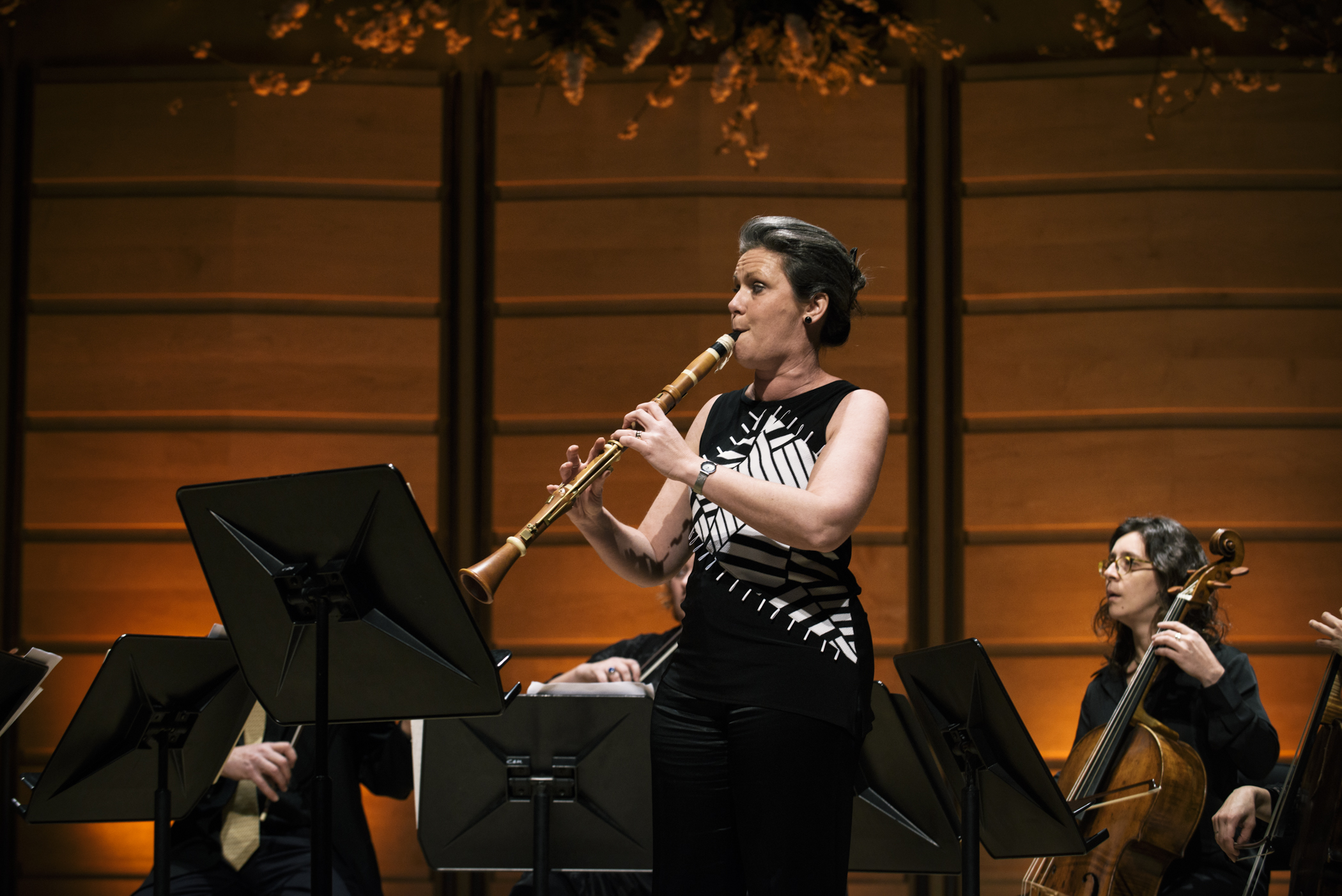Concert Review: The Fairy Queen/ Henry Purcell/ Con Opera

The Fairy Queen, Henry Purcell
CON OPERA
Music Workshop, Sydney Conservatorium
Saturday 14 May 2016
Purcell’s stage works can present substantial difficulties for modern directors since, with the exception of Dido and Aeneas, they are all semi-operas. That is, they are plays into which music is inserted as stand-alone masques which are only loosely connected to the main drama.
The Fairy Queen was first performed in 1692 and consisted of an abridged and modified version of Shakespeare’s A Midsummer Night’s Dream interspersed with five masques and some subsidiary incidental music by Purcell. None of the text which Purcell sets is actually by Shakespeare.
The dilemma for modern directors is deciding whether to include some of the original play and, if so, how much. (A full production would last four to five hours.) Another solution is to link the music with a spoken narrative. In this case, the director Elsie Edgerton-Till opted simply to omit any spoken component and stage just the musical masques – a reasonable decision given that it is a performance by Conservatorium students.
The resources of the Music Workshop theatre are quite limited but the production made the most of them with a fixed backdrop appropriately painted with a leafy decoration. This was designed by Isabella Andronos who also designed the opulent, fairy-tale costumes. The production was enhanced by the lighting of Karen Norris which provided effective mood changes and successfully directed attention to the shifting focal areas of the stage.
The stand-out performance among the singers was from Tristan Entwistle as the Drunken Poet. This role is a gift for any comic singer and Entwistle seized his opportunities. He sang confidently while also successfully treading the fine line between being humorous but without self-conscious over acting.
Because of the multiple role assignments and the large number of performers it was not always clear who was singing which items but some notable performances among the women included Imogen Malfitano (Titania), Camilla Wright (Autumn/Love’s Herald), Sarah Kemeny (Summer/Mystery), Barbara Jin (Mopsa/Secrecy) and Jessie Wilson (Night). The choruses were sung off-stage by the full company and were impressive for their confidence and projection.
The Conservatorium Early Music Ensemble played period instruments at baroque pitch and were conducted by Associate Professor Neal Peres Da Costa. Their playing was somewhat surprising in that the normal problem areas were handled very well. The natural trumpets played by Sam Thomson and tutor Rainer Saville produced a full, incident-free sound. Similarly, the five recorder players produced well blended, well tuned playing from these instruments which have notoriously difficult intonation. The strings, however, found it a continuing challenge to achieve unanimous intonation when playing without vibrato. There was fine solo playing, however, by the Leader Annie Gard in the chaconne Plaint/O let me weep.
Performances at the Conservatorium are always worth attending since they provide an exciting opportunity to see the blossoming new talent of our upcoming generation of fine musicians. The short season of this production continues until Saturday 21 May.
Larry Turner for SoundsLikeSydney©
Larry Turner is an avid attender of concerts and operas and has been reviewing performances for Sounds Like Sydney for several years. As a chorister for many years in both Sydney and London, he particularly enjoys music from both the great a capella period and the baroque. He has written programme notes for Sydney Philharmonia, the Intervarsity Choral Festival and the Sydneian Bach Choir and is currently part of a team researching the history of Sydney Philharmonia for its forthcoming centenary.






